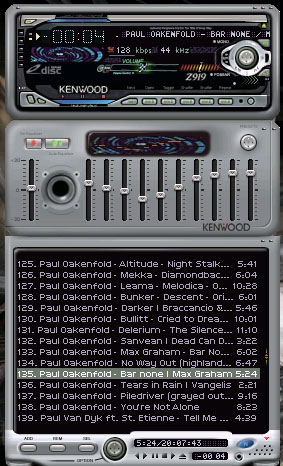
Having spent most of my life dealing with surplus electronics, I cannot count the number of times where I’ve been told by the seller “oh, it’s in perfect shape, it just needs…”. If it’s a part that cannot be found, and is a common failure in a particular make and model, you might be on the hunt for months if not years for a replacement part. In some cases however, parts are considered ‘unobtanium’, so in order to get that tape deck going, you’d have to find a donor parts chassis. While some belts and idler wheels have long been discontinued, some tape transports share common parts that can be switched between models, and usually substitutes can be found for obsolete electronic parts. Many repair shops won’t touch reel-to-reel machines due to lack of knowledge to repair them, and due to the lack of availability of parts. Labor times increase for multitrack semi-pro and pro decks. This includes a general cleaning, belt replacement, lubrication of the mechanism, and biasing to current tapes for the best frequency response. Figure that every used reel to reel will need 1-4 hours labor plus parts if it hasn’t recently been used or serviced.

Most reel-to-reel recorders are at least 30 years old at this point, and all reel-to-reels can have electrical/electronic issues and/or mechanical tape transport problems.

For this article, we’ll assume you’re looking for a stereo consumer tape deck, although most of what is written here also applies to semi pro and pro machines.īuying a used reel-to-reel tape recorder can be a bit tricky, especially if you’re not technically inclined, or know exactly what you’re looking for. So you’re going to buy that long coveted reel-to-reel, or maybe you want to upgrade your existing model with something higher grade.


 0 kommentar(er)
0 kommentar(er)
